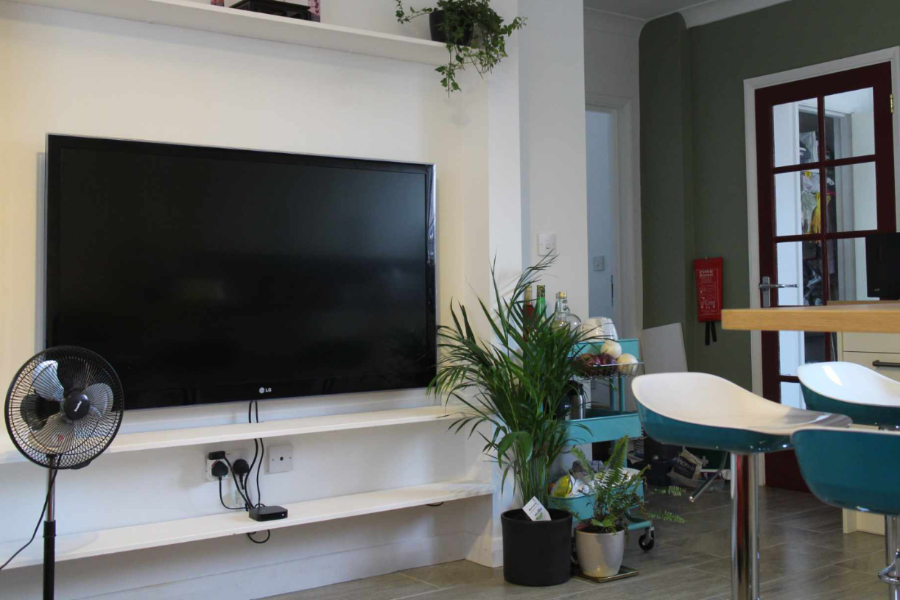
What to expect
When you engage my services, nearly all electrical equipment at your site with a standard 240V three-pin plug or a 110V ‘building site’ plug will undergo a formal visual inspection and instrument testing for safety.
Each item will then be labeled as:
✅ PASS – The equipment is safe to use.
❌ FAIL – The equipment is unsafe and will be flagged for attention.
If an item fails, I will inform the Responsible Person (typically the Health & Safety officer or a manager). It is their responsibility to ensure the item is repaired, replaced, or safely disposed of. For inexpensive items (e.g., power leads, extension cords, table lamps), disposal may happen immediately with your approval. Rest assured, I do not indiscriminately cut off plugs!
If an item passes but raises concerns about suitability or positioning (e.g., trailing cables), I will highlight this to the Responsible Person while still applying a PASS label.
I always inspect rewireable plugs for correct fuse ratings and wiring and carry BS/ASTA-certified replacement plugs and fuses if needed.
After testing, you will receive an invoice (due within 14 days), and I will follow up in about 11 months to schedule your next inspection. Upon payment, you’ll receive signed test results and a PAT Testing Certificate via email in PDF format—electronic storage is now widely accepted and eco-friendly.
In the event of an HSE (Health & Safety Executive) inspection, your PAT records will serve as proof that your electrical equipment complies with legal safety requirements.
PAT Testing Disclaimer – HMO Electrical
I have never caused damage to a client’s equipment, and I intend to keep it that way.
I adhere strictly to the IEE Code of Practice for In-Service Inspection & Testing of Electrical Equipment and hold an EAL Level 3 Award in PAT Testing 4340, as well as the EAL 4337, 4338, 0149 and 3298.
Like most technicians, my insurance covers damage to client equipment and public liability. By using my services, you acknowledge and accept the following:
- Scope of Testing – PAT testing covers visual inspections and electrical safety checks of portable appliances only. Full electrical installations or major repairs are not included.
- Equipment Condition – PAT testing identifies defects at the time of inspection but cannot predict future failures.
- Testing Instruments – I use calibrated instruments designed not to damage equipment. However, I cannot be held responsible for pre-existing faults that become apparent during testing.
- Client Responsibility – Ongoing maintenance and safe use of appliances remain the responsibility of the property owner or manager.
- Liability Limitation – HMO Electrical is not liable for post-testing equipment failures, business losses, data loss, or interruption due to testing.
- Critical Systems – Servers, network switches, and telecom equipment will not be tested without explicit client approval.
- Memory-Sensitive Devices – Items like alarm systems, timers, and video recorders that lose programmed settings when unplugged will only be tested with client permission. The client is responsible for reprogramming them afterward.
By engaging my PAT testing services, you agree to these terms.
Practical limitations
Workplaces: I test all items with a 240V three-pin or 110V site plug.
Rental Properties & Care Homes: I only test appliances supplied by the landlord or care home owner—personal belongings of tenants or residents are not covered.
Servers & Network Equipment: These will not be tested without prior approval.
Telecom Systems (e.g., ISDN/PBX boxes): I do not unplug or test these, as they should never be disconnected once installed.
Memory-Sensitive Devices: I will only unplug these with permission; reprogramming is the client’s responsibility.
Important Notes:
Ensure all appliances requiring testing are on-site when I arrive—especially laptop chargers, power tools, and phone chargers.
Only chargers need to be provided for battery-powered devices (e.g., laptops, cordless tools).
I can only test equipment with accessible plugs—if it’s hidden behind heavy furniture, it may not be tested.
Hardwired appliances (e.g., cookers, water heaters, large radiators) cannot be tested as this would require shutting off mains power and dismantling outlets—something I am neither insured nor authorized to do.
